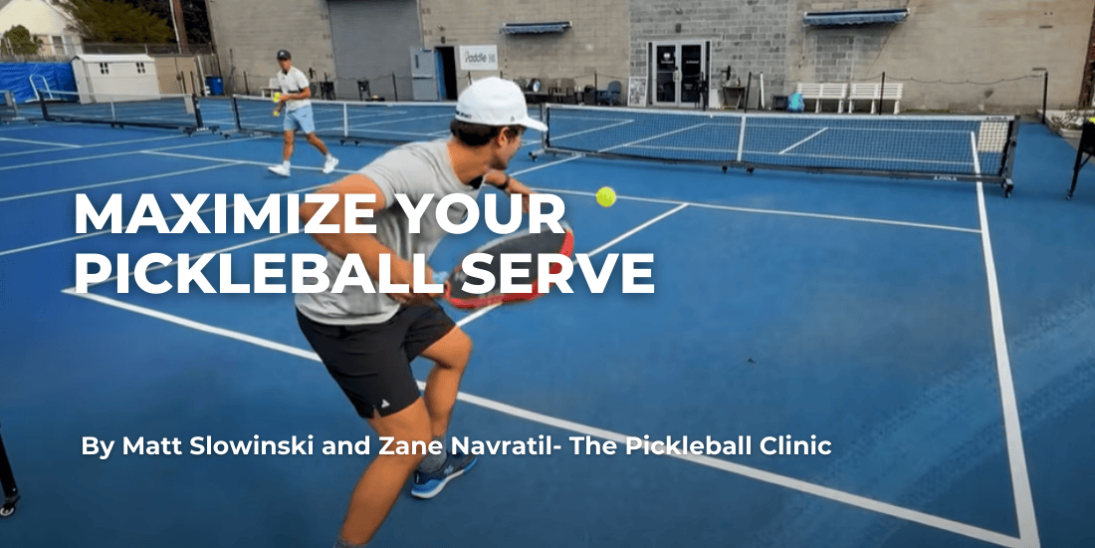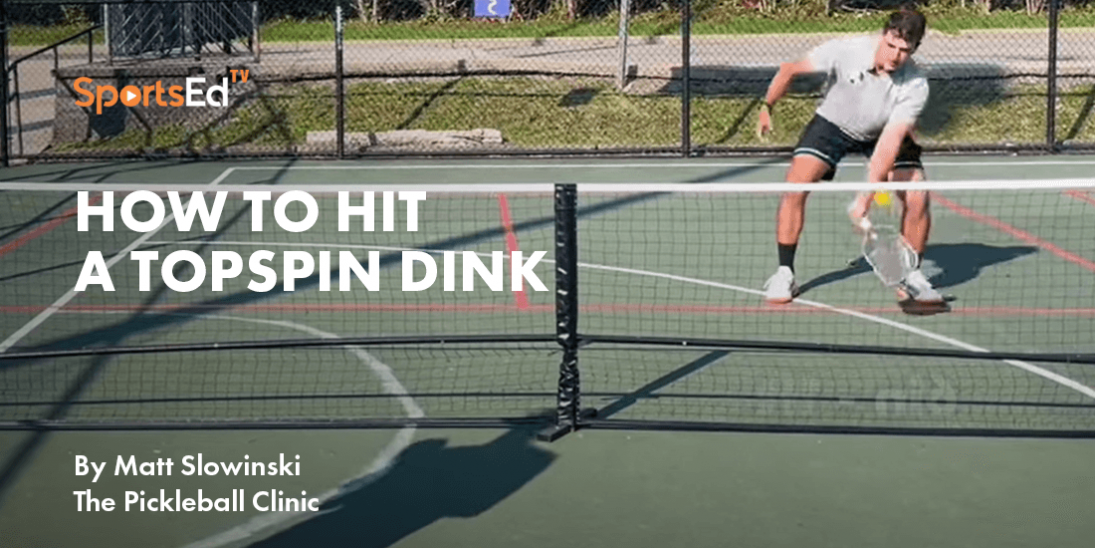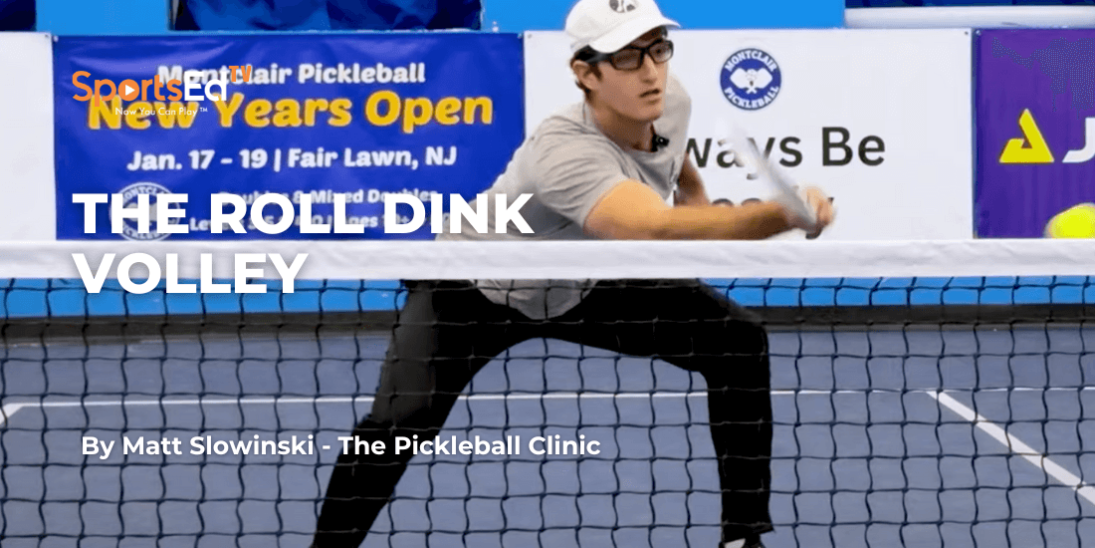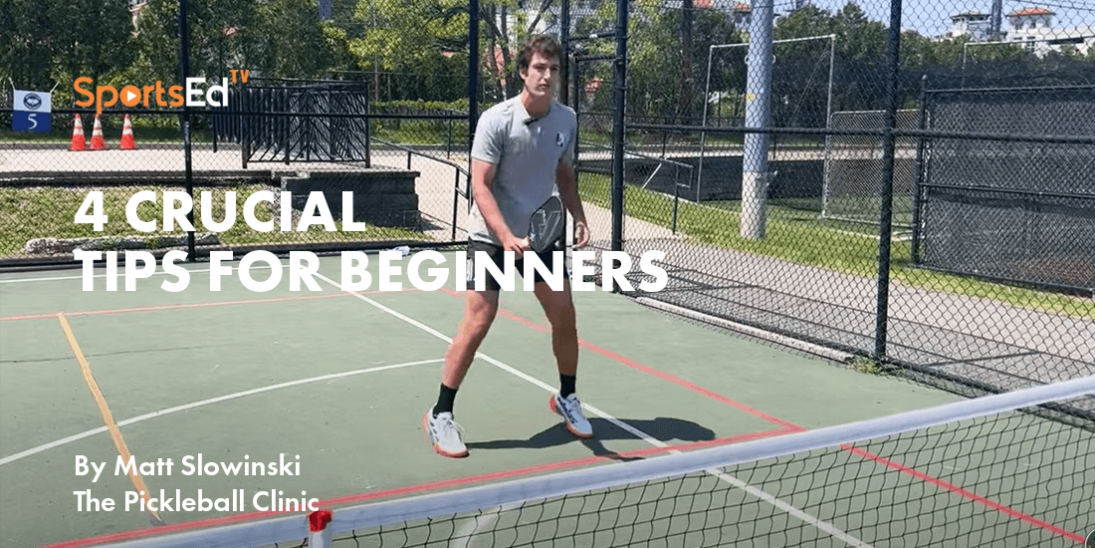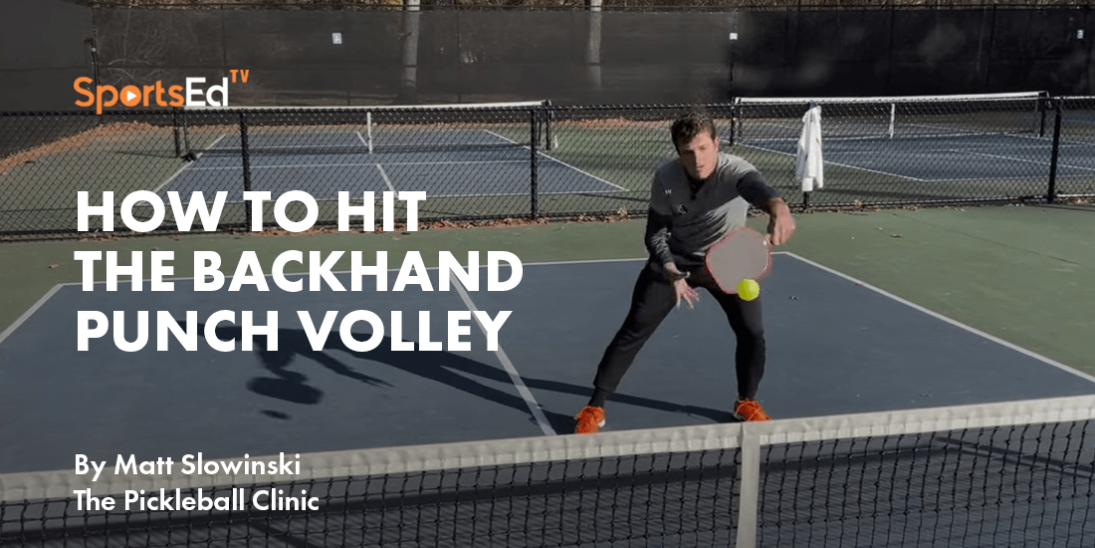Pickleball
Welcome and thanks for visiting...

How to STOP Popping Up Your Dinks in Pickleball
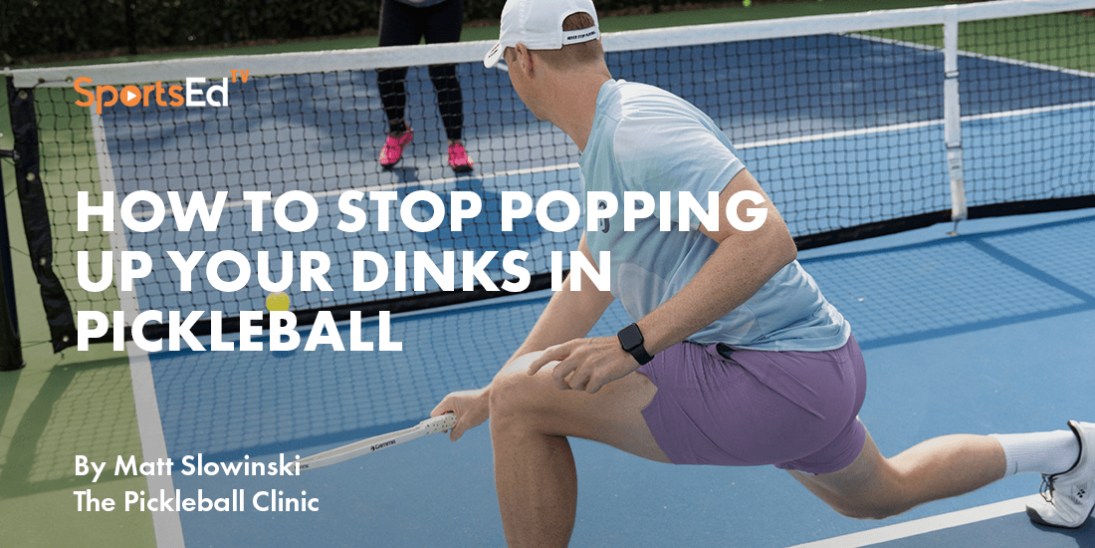
As a dedicated pickleball coach, I often encounter a range of queries from my players, but one that consistently pops up, especially from my intermediate and advanced players, is about the notorious dink shot. "How do I stop popping up my dinks?" they ask. This isn't just a minor concern; it's a prevalent issue that significantly impacts the intermediate game. Today, I'm here to share with you the insights and techniques that have helped countless players ensure your dinks stay low and don't become easy prey at the kitchen line.
Back to Basics: Simplifying Your Approach
The first thing I tell my players is to get back to the basics. If you're struggling with popping up your dinks, it's time to simplify your approach. One common error I notice is players taking too big a swing. They go for a substantial backswing followed by an equally large follow-through, inadvertently sending the ball flying into the air.
Keeping Your Paddle in Check
The initial tip I always give is about paddle positioning. Keep your paddle within your peripheral vision. This means as you're watching the ball on your opponent's side, you should still be able to see your paddle in the corner of your eye. If your paddle swings too far back, beyond your line of sight, it's a clear sign that your backswing is too big. I always remind my players to keep the paddle out in front, ensuring it remains in their peripheral vision.
The Art of Controlled Follow-Through
A controlled follow-through is key to keeping your dinks low. Beginners and intermediate players often make the mistake of a dramatic follow-through. My advice? Keep it minimal. Let the paddle return to your ready position without hitting the ball too hard. This is crucial in preventing the ball from going too high, making it vulnerable to attacks.
Grip Pressure: The Game Changer
Grip pressure is something that can make or break your dink shots. A tight grip turns your paddle into a rigid surface, much like a brick wall, causing the ball to bounce off too forcefully. You want a looser grip, akin to a 3 out of 10 on the pressure scale. This softer grip lets your paddle absorb the ball's impact, allowing for a gentle deflection back into the kitchen.
Lower Your Stance, Raise Your Game
Another crucial aspect is your stance. Getting low with your knees is essential for hitting good dinks. It might seem counterintuitive, but getting low positions, you better hit the ball. It allows you to swing with your shoulder rather than flicking your wrist, which often results in the ball popping up. When I dink, I make sure to hit from just below the ball, controlling the shot right into the middle of the kitchen.
Getting Behind the Ball: A Must-Do
One of the key strategies I emphasize is getting behind the ball. This means moving sideways to the ball so that your shots are lined up with your leg. Always strive to hit beside your leg, whether it's a forehand or a backhand. This helps maintain control and precision, unlike when you reach out, causing a flick of the wrist and, consequently, a high dink.
The Simple Yet Effective Bonus Tip: Eye on the Ball
It sounds elementary, but keeping your eye on the ball is a tip I cannot stress enough. Watching the ball all the way to your paddle is crucial for making sure you hit it in the sweet spot. This practice leads to consistent, controlled shots, vital for keeping your dinks low.
Keep It Simple
To summarize, if your dinks are consistently popping up, the solution is often found in simplifying your technique. Remember:
- Keep your swing small and controlled, with minimal backswing and follow-through.
- Maintain a loose grip, allowing the paddle to absorb and gently deflect the ball.
- Get low to hit from just below the ball, and move laterally to stay behind it.
- Keep your eye on the ball, ensuring you hit it in the paddle's sweet spot.
By integrating these tips into your practice, you'll notice a significant improvement in your dink game. It's about making these small but effective adjustments, staying patient, and practicing consistently. Remember, mastering the art of the dink is a journey; with these strategies, you're well on your way to becoming a formidable player in the pickleball world. Keep practicing, stay focused, and watch as your dinks transform from a weakness into one of your strongest shots on the court.




